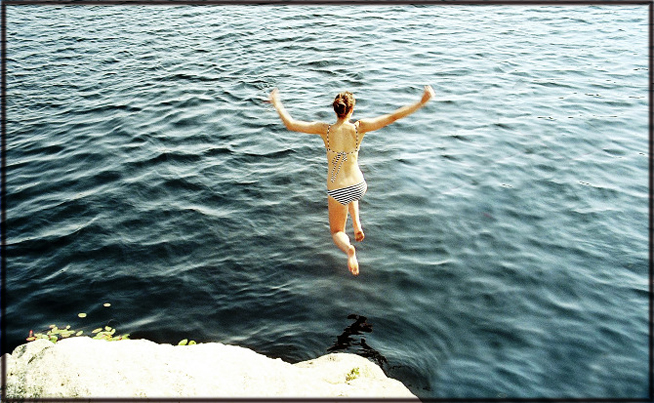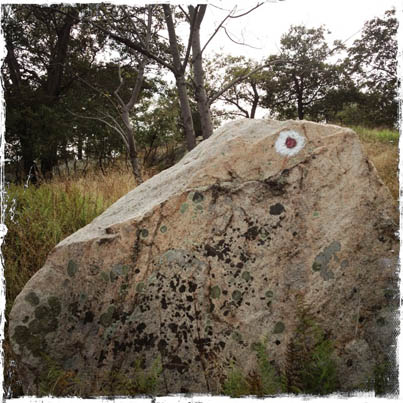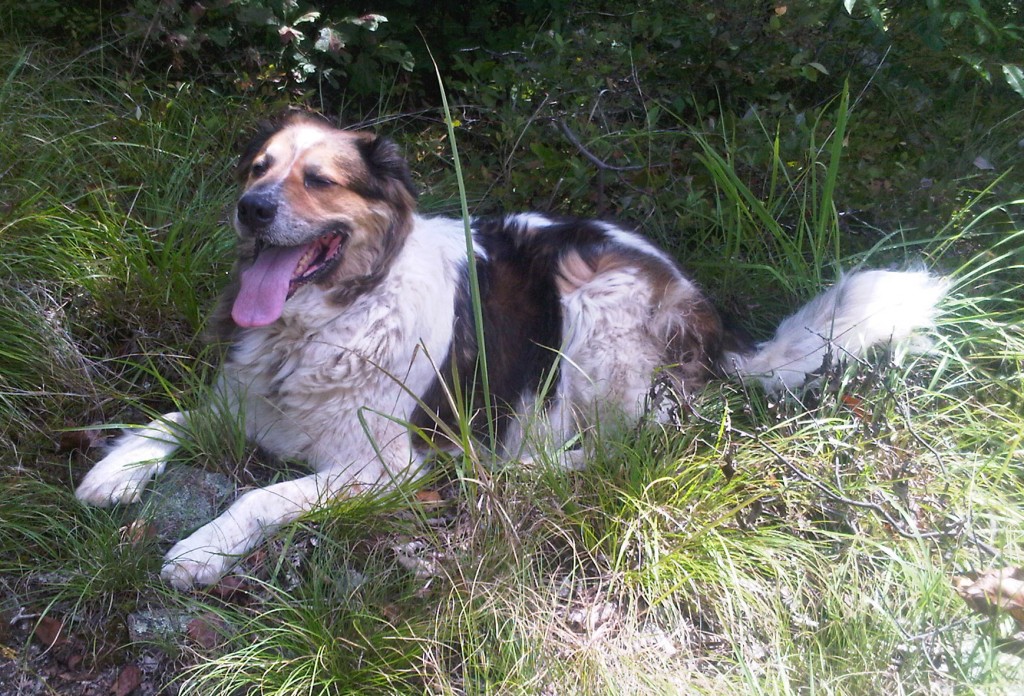
Harriman hiking heat relief: cool off in a lake on your hiking route, but don’t jump straight in (like this lady). Ease yourself in, then cool off for at least 15 minutes.
Wow, it’s been hot this week.
Hiking in Harriman State Park’s extreme heat is a challenge that’s made worse by the high humidity this week. Some of my all-time favorite Harriman hiking trails take you up along a ridge and on grassy or bald rock faces – not a cool prospect, especially after the exertion it takes to get up there!
Remember: One of the best hot-weather tactics you can take during extreme hot weather is to get on the trail by the first glimmer of dawn, hike to a shelter or lake with shade, spend the hottest part of the day resting and cooling off, and then hike a few more miles after sunset.
Relieve Harriman Hiking Heat, and Get Back Safely
Here are some, oh, 24 tips for surviving the high heat and humidity of Harriman State Park, such as we’ve experienced in the middle of July this year. Let’s start with the obvious!:
- In extreme heat, DON’T HIKE. It may not be possible to drink enough water to replace the fluids your body loses as it tries to cool itself, and your margin for error in extreme heat is slim. Some days are just too hot to hike for the average person. Sit it out.
- Leave early. Like, 5 am. Hiking in the cooler weather means less sweating and less stress on your body. It’s prettier, less crowded, easier to find a parking spot, and gets you home for the Mets on the weekend.
- Plan carefully: maybe skip the ridgeline hikes, Harriman trails without a water feature. Maybe don’t start your hike at 10 am.
- Choose an out-and-back hike, rather than a loop hike, so you can stash water and snacks for your return trip (see tip 8 below).
- Start hydrating the night before a big hike. If you’re planning to scale the Popolopen Torne or hike along a sun-seared ridgeline, don’t leave it ’til your parking the car or, worse, when you start to feel thirst — by then, you’re already dehydrated.
- Stay away from alcohol and caffeine. Reward yourself with an air-conditioned restaurant or deli (Sterlington Station?) stop on the way home.
- Be proactive with water and hydrating on the trail (see above), and force yourself to drink water. But don’t overdo it, and make sure you are replacing electrolytes. Too much water without electrolytes is bad for the body, too.
- Stash your water bottles. Going uphill? Stash water bottles on the way up, and drink on your way back down. This strategy takes some of the load off your back while you hike, as lugging water is heavy. Use it for any trail, actually. Take careful note of where you leave them, so you don’t look like a winter squirrel, searching for a fall nut.
- Sports drinks replace salt and electrolytes…but some also contain lots of sugar. Avoide these; mix sports drinks with water.
- Carry a backup water treatment bag. Do you bring your own water treatment? This thing is always in my “just in case” kit, and I swear by it: a Sawyer water filter bag, weighing just under 4 oz. Great for scooping and filtering stream water. On a related note:
- Study the water features of your hike before you leave. Will you be able to gather and filter water on your trip? This might help you avoid bringing large amounts of water. You should also know whether your water source is seasonal or constant. Water features on the New York New Jersey Trail maps are fairly reliable.
- Slow down on the uphills. Many Harriman hiking trails start with steep, or gradual, uphill climbs. This is when you’re most energetic, and you need to take it slow. Walk at a pace appropriate for going uphill. Keep your pulse and respiration under control by slowing and stopping at intervals on these inclines, and at all points on the trail. Rest.
- Don’t wear heavy boots, which will retain your heat. Lighter’s better. Cross trainer with ankle support is great, as are trail-running shoes. Harriman trails can be rocky and scree-y; consider using trekking poles if you’re worries about your ankles.
- Wear loose-fitting, loose weave clothes. There is much to read online about what to wear in extreme heat: from long-sleeve SPF shirts in synthetic fabrics, to linens. Personally, I wouldn’t recommend wearing a synthetic baselayer with an SPF claim: these shirts are woven so tightly they just won’t breathe. If you’re hiking the ridgelines and will be exposed to the sun for long stretches of your hike, wear long sleeves — in a natural loose weave. I bring two shirts: the one I’m wearing, and the cotton shirt I use to get wet and cool down. My go-to hiking top includes a moisture-wicking synthetic shirt PLUS an extra light-weight cotton fabric shirt for when I come to water. I’ll wear the synthetic shirt, change to a wet cotton shirt for awhile, then get back into synthetic.
- Give thermotabs a try. These are salt supplements that will help if you’re a big-time sweater.
- Try electrolyte capsules, which will really help you maintain hydration at high temperatures.
- Take a small backpack. Backpacks against your back can also retain heat. Bring the smallest backpack you can to minimize contact with your back.
- Plan around the water. Choose a Harriman hiking trail that includes a water feature — and then ease yourself in (don’t take the sudden jump). Clothes on. Your clothes will be soaked, but I’m telling you, this will refresh you for a good portion of your hike as the water evaporates against your skin. (Just be careful: if you’re wearing a backpack, that wet cotton shirt may make your skin chafe before it dries.)
- Play the long game, and acclimatize. Some hikers swear by acclimatizing themselves to the hot weather by getting out there on a regular basis and braving the Harriman hiking heat. But the flip side of this is it, you’ll pay for it in the winter when the temperature drops, and suddenly you’re not as comfortable hiking in 10-degree temperatures as you once were.
- Don’t eat a big lunch. Eat little snacks gradually to avoid post-meal lethargy on the trail. Hate that feeling!
- Replace your sweat. Sweat consists of potassium, protein, sodium, choloride. Replace what you’re sweating by eating salty snacks and food high in sodium and potassium.
- Leave a plan. Leave your hiking route in your car, and let someone know where you’re going.
- Bring a battery or two, and put a weather app on your phone. Throw an extra cell phone battery in your pocket (a regular hiker’s “must-have”). Use your cell phone, also, to track late-afternoon lighting strikes and advancing bad weather with the RadarCast app.
- Wear a wide-brimmed hat. Even if it makes you look daggy.
Don’t Bring the Dogs
One more thing: I love hiking with my dogs, two elderly rescued shepherds. They love hiking with me, too. In fact, I can actually hear their crests falling when I walk out the door without them on a hot day. But sometimes, it’s just too dangerous to take your dogs hiking in the heat, as their cooling systems are so much different from ours. Don’t subject your loyal friends to heat danger. Poor fellas!





Great points! From my own personal experiences, I would add just one more.
I know it can be tough to bring the essentials without overloading one’s pack, but I always find room to pack a couple extra pairs of socks even if its just for a day hike. My feet tend to blister easily especially when they are sweaty. Cooling off the feet in water and changing to a dry pair of socks helps to prevent the blistering. You’ll be surprised how much better your feet will feel, even if blistering is not an issue.
I have a Quechua bag that has space for ventilation between my back and the bag. The bag touches the back for no more than an inch (or so) at the shoulders and the mid and lower back.